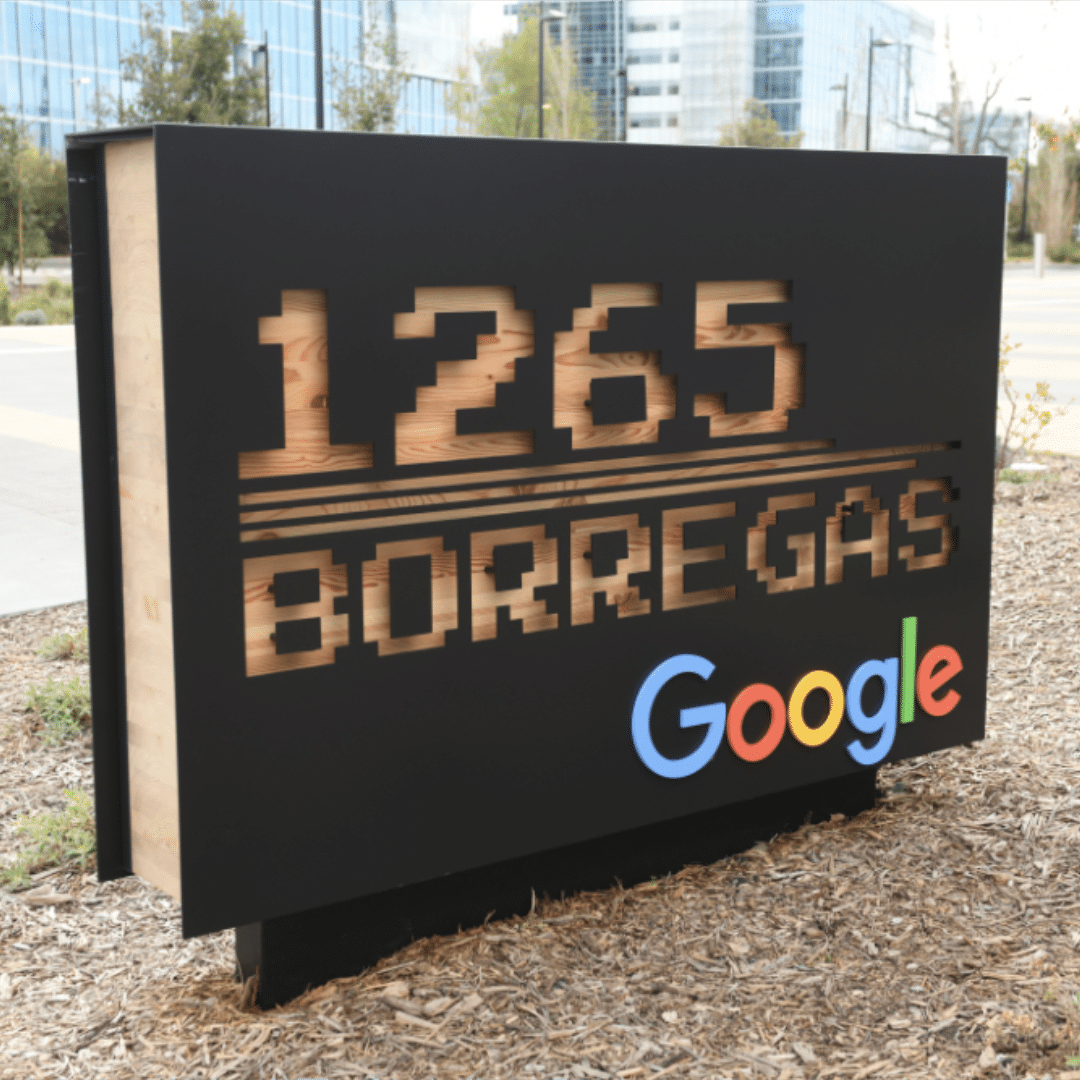What Makes Great Wayfinding (and Why It’s Often Overlooked)

What Makes Great Wayfinding (and Why It’s Often Overlooked)
Most people don’t think about signage when they’re moving through a building. They just expect to know where to go, and feel frustrated when they don’t. That’s the paradox of wayfinding: when it works, no one notices. When it fails, everyone does.
Whether it’s a hospital, university, civic center, or office building, wayfinding signage is one of the most important yet underestimated parts of the built environment. It quietly guides people from point A to point B. It reduces confusion, lowers stress, and builds trust. But too often, it’s either rushed at the end of a project, poorly implemented, or treated as a purely functional afterthought.
At BLR, we believe great wayfinding is both a science and an art—and when done right, it becomes a critical part of how people experience a space.
The Psychology of Not Feeling Lost
Good wayfinding design starts with a deep understanding of human behavior. When someone enters a new space—especially a large or complex one—their brain immediately begins scanning for cues: signage, symbols, color, architecture, light, even other people.
If they can’t locate clear information quickly, anxiety starts to build. That’s especially true in environments where people are under pressure: hospitals, government buildings, transit centers. Even corporate offices can become stressful when visitors feel unsure where to go.
Well-designed wayfinding removes that friction. It lets people self-orient, feel confident in their path, and move forward without second-guessing. This isn’t just good design—it’s a better experience that reflects care, professionalism, and intentionality.
Why So Many Sign Systems Fall Short
In many building projects, signage is one of the last things to be considered. It gets added after walls are built, furniture is placed, and branding is locked in. But by then, decisions about visibility, traffic flow, and layout have already been made—and they don’t always support intuitive navigation.
This reactive approach often leads to patchwork signage: inconsistent styles, confusing terminology, poorly placed signs, or worse—signs that contradict one another. Even worse, accessibility compliance gets treated like a box to check, rather than a design principle to build from.
The result? A system that might be technically correct, but isn’t helpful. And users—especially those with visual, mobility, or cognitive differences—are left struggling to find their way.
Designing for All Users, Not Just the Familiar Ones
One of the most important shifts in wayfinding design is recognizing that every user is a first-time visitor at some point. That means signage must work for someone who has no prior knowledge of the space. No assumptions. No insider terms. No unmarked shortcuts.
This is where design and accessibility intersect:
- High-contrast fonts help users with visual impairments
- Tactile lettering and Braille allow independent navigation
- Consistent naming across maps, directories, and signage avoids confusion
- Universal icons and symbols transcend language barriers
Great signage doesn’t overwhelm or distract—it supports confidence, autonomy, and clarity.
Wayfinding as an Extension of Brand and Culture
Just like interior graphics or a lobby logo wall, your directional signage says something about who you are. Materials, color, typography, and tone all contribute to how visitors perceive your organization.
- Do your signs look like an afterthought, or do they reinforce your professionalism?
- Do they match your interior architecture, or clash with it?
- Are they cold and clinical, or inviting and human?
Thoughtful wayfinding creates visual harmony between function and brand. It reflects that every detail of the space has been considered, down to how people move through it.
Building Systems That Evolve With You
Signage isn’t static—at least it shouldn’t be. Buildings grow, departments shift, programs move, and public expectations change. A well-designed wayfinding system accounts for future change with modular components, digital displays, or updatable inserts that can be refreshed without rebuilding the entire system.
This kind of planning saves time and money long-term, and allows your space to remain functional and current as your organization evolves.
At BLR, we design wayfinding systems that serve real people in real spaces—combining intuitive flow, accessibility compliance, and beautiful, brand-aligned design. If your signage feels like a patchwork of solutions, or your users still feel unsure where to go, we’d love to help you create a system that works invisibly—and beautifully.
Schedule a signage consultation
Or contact us at (669) 231-4600